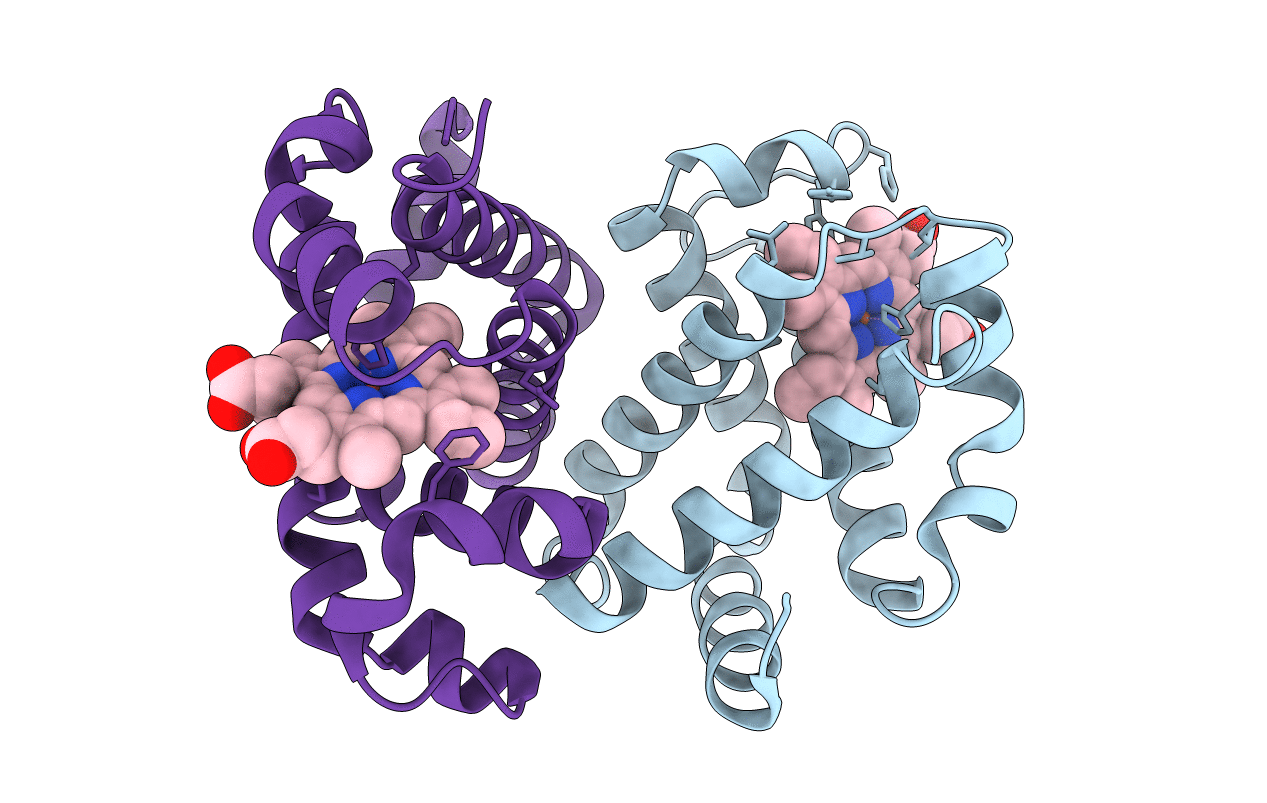
Deposition Date
2001-09-25
Release Date
2002-12-04
Last Version Date
2023-08-16
Entry Detail
PDB ID:
1K1K
Keywords:
Title:
Structure of Mutant Human Carbonmonoxyhemoglobin C (beta E6K) at 2.0 Angstrom Resolution in Phosphate Buffer.
Biological Source:
Source Organism:
Homo sapiens (Taxon ID: 9606)
Method Details:
Experimental Method:
Resolution:
2.00 Å
R-Value Free:
0.23
R-Value Work:
0.18
Space Group:
P 41 21 2


